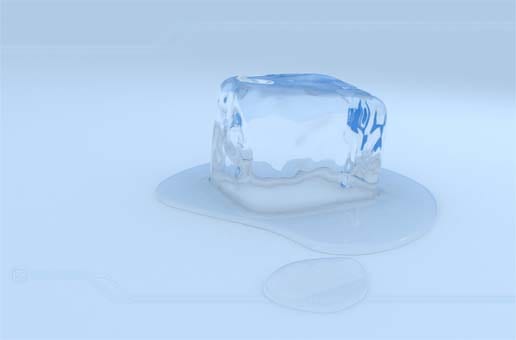When humid air is cooled below the dew point, water vapor condenses on condensation nuclei contained in the air. These nuclei sometimes have a particular affinity for water and are then called hygroscopic. Salt particles from marine spray fall into this category and can cause condensation before the relative humidity reaches 100 percent.
In the atmosphere, certain suspended particles can act as nuclei in the freezing process. A particle that causes the growth of an ice crystal around it by freezing sub-melted water in a freeze core.
Water vapor can also transform directly into ice crystals without passing through the liquid state. It is sublimation, a term that is also applied to designate the inverse transformation, that is, from ice to water vapor. Every particle on which an ice crystal can be formed by sublimation is a sublimation core. Despite numerous experiences, it has not been possible to show that there are sublimation nuclei other than freezing nuclei in the atmosphere.
A thin film of water first forms on the surface of a nucleus and then freezes. This film is so thin that it is very difficult to realize the existence of the water droplet and, therefore, it seems that everything happens as if the ice crystal was formed directly from the water vapor. Thus, the general term "freezing core" is commonly used in meteorology for all nuclei that cause ice formation.
Most freezing cores they probably come from the ground, from which the wind takes certain types of particles. It seems that certain clay particles play an important role and it is likely that the turbulent mixture can give them a fairly uniform distribution up to great heights.

How to explain the condensation point and encoding in sublimation?
solidification